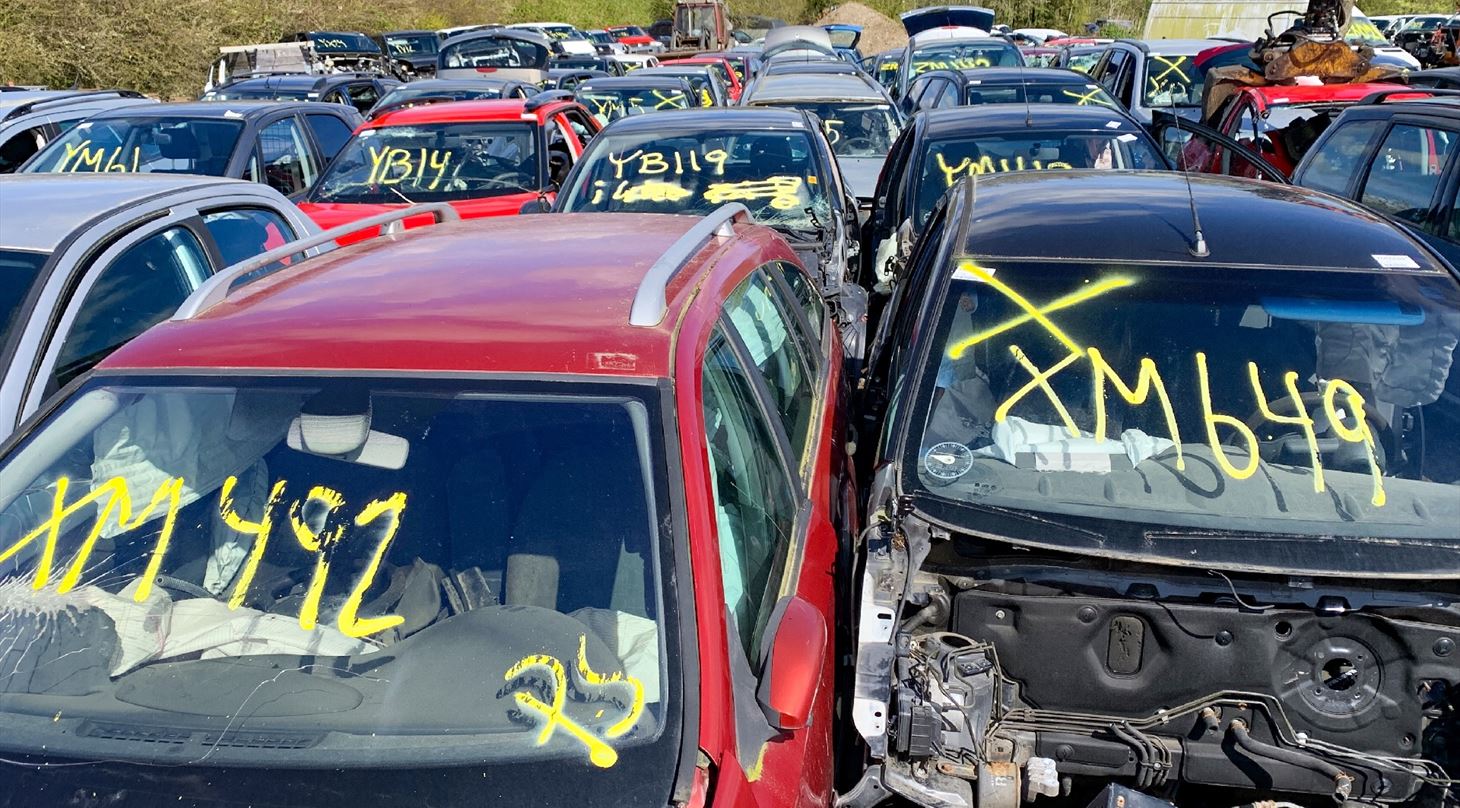
Accelerating the recycling of automotive plastics
Press release published 6th August 2024.
The recycling of plastics from end-of-life and repaired cars needs to step up a gear to meet stricter EU requirements and high demand for recycled plastics.
Over 80 percent of all plastic from scrapped cars in Denmark ends up in incinerators and landfills. Danish Technological Institute has united the automotive industry to increase the reuse and recycling of plastic materials by up to 75 percent. The partnership will address the fact that the automotive industry is bound for new and stricter EU rules on the recycling rate of plastics used in cars.
Third largest plastic consumer in Europe
From bodywork and seat foam to dashboards, panels and bumpers. A modern car contains over 200 kilograms of plastic, and with over a billion cars on the road globally, the automotive industry is Europe's third largest consumer of plastic after packaging and construction. However, when scrapped, the majority of plastic ends up being incinerated or landfilled.
- Plastic components in a car are an incredibly mixed bag, so there is no one solution that fits all plastics or one player that can do it all. Instead, we need to collaborate across the board and create a new infrastructure for automotive plastic materials. That's why we have established a broad and ambitious partnership with a common mission to take the lead and realize a great environmental and business potential," says Project Manager Søren Haack from Danish Technological Institute.
A broad effort to strengthen the circular economy for automotive plastics
With support from the Danish Environmental Protection Agency, the RACE partnership has brought together car manufacturers, car seat manufacturers, car repair shops, insurance companies, plastic manufacturers, car recyclers and waste recyclers.
Over the next three years, the partners will develop and improve methods to make automotive plastics more circular, with a focus on
- Better sorting and reuse of plastic parts at garages and car recyclers
- Improved shredding and sorting of mixed plastics at recyclers
- Mechanical recycling, i.e. shredding and remelting, of the hard plastic into new raw material
- Chemical recycling of seat foam and leftover plastic, e.g. by pyrolysis
In some cases, entire components can be removed and reused, in other cases they must be subjected to mechanical or chemical processes to be used as raw material in new plastic components. The goal is to implement solutions that make it both economically and environmentally viable to dismantle plastic from end-of-life and repaired cars and distribute the plastic to the most suitable recycling routes.
Stricter EU regulation increases the need for automotive plastics recycling
The automotive industry is facing new and stricter EU rules on the recycling rates of plastics used in cars. A new proposed ELV (End-of-Life-Vehicles) regulation stipulates that from 2030, 25 percent of the plastic in new cars must be recycled plastic and 25 percent of this must come from automotive plastics.
- The ELV regulation and other environmental requirements are driving the demand for recycled plastic materials. Therefore, it is business-critical that we become much better at ensuring increased recycling of plastic materials in cars, where the focus for many years has been on metals. This requires solutions that can only be developed in collaboration with the other partners in the value chain, says Jakob Kristensen, Head of Business Development at Stena Recycling.
Facts about automotive plastics
Automotive production accounts for approximately 6 million tons of plastic consumption per year in the EU, equivalent to 10 percent of total plastic consumption. Plastics are used for many automotive components such as interior and exterior trim, dashboards, bumpers, etc. The recycling rate for plastics from end-of-life vehicles is currently 19 percent in the EU. The low recycling rate is due to problems with separating and cleaning the plastic fractions from end-of-life vehicles and a lack of robust recycling value chains.
Source: EU Commission
Project RACE
RACE (Recycling of Automotive plastic in a Circular Economy, 2024-2027) is supported by MUDP under the Ministry of the Environment and is a collaboration between CircleX (pyrolysis), Evonik (PU additives), Hammershøj Autoophug, Ørbæk Autogenbrug, Semler Gruppen (car repair shops), Tryg Forsikring, Volvo Cars, Adient (car seat manufacturer), RC Plast (plastic manufacturer), Stena Recycling (recycling) and Danish Technological Institute (knowledge partner and project manager).
Further information
Please contact Senior project manager Søren Haack, Danish Teknological Institute, tel: +45 7220 2338,
mail: sorh@teknologisk.dk.